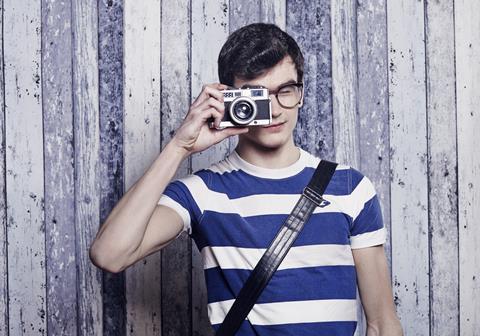Personal photographs of your travels provide a useful starting point for this discussion activity.

Procedure
- For this activity, you need to bring in about five of your personal photographs to the lesson. The photos should be from different countries and contain plenty of detail, including at least one building. As most TEFL teachers are pretty well travelled, photos like this shouldn’t be too difficult to find!
- Split the class into groups of 2-3 and ask each group to choose a photo to work with. Once they have chosen, explain the task. The situation is that you are all managers in a large firm (for adults) or planning a summer language camp (for teenagers), and the building in the photograph is a possible location for a new office/camp.
- The students must discuss (in English!) the good and bad points of their location in groups, before a ‘meeting’ is called after five minutes or so at which they will present their ideas.
- At the meeting take on the role of Company/Camp Director and get the most out of the presentations – ask plenty of questions about what they are saying, make students use their imagination as much as possible and make them laugh by playing the ultra-serious Director! At the end of the presentations you can put it to the ballot by getting everyone to vote for their favourite location (but not their own).
Follow-up activities
- Get students to write an advertisement for a summer camp based on the pictures. This could be done for homework (with a few extra pictures) and the results could be displayed on the classroom wall.
- Talk a little about the photos. Ask if anyone can guess where the places are, if anyone else has visited them, and give a short talk/question and answer session. Ask the students which of the places look most interesting to them.
- Use the photos for description vocabulary. At a very low level this would just be describing what can be seen (boat, tree, hotel etc.), but for a higher level would include plenty of description (a scorching day, rocky mountains etc.). This could be made into a short game, and one that works well with children, in the following way: each student is given a photo which isn’t shown to anyone else.He/she writes five words to describe the photo on a piece of paper. The papers are given to the teacher and the photos are mixed in with some others and spread out on a desk. The teacher then reads the brief descriptions and students try to guess which photo is being referred to (tell them not to identify their own description though!).







No comments yet